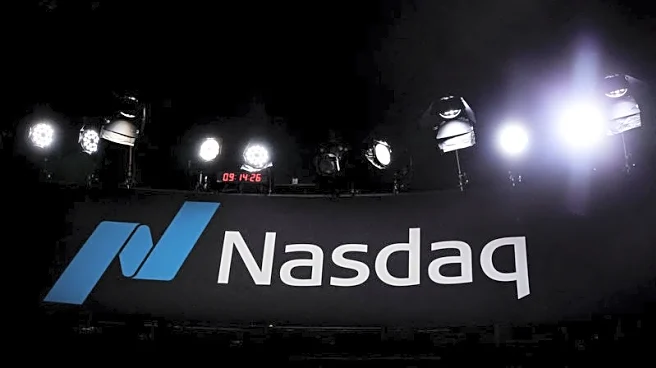What's Happening?
IBM, in collaboration with Ogilvy France, launched a groundbreaking outdoor advertising campaign in 2013 that redefined the role of billboards in urban environments. The campaign, which aimed to demonstrate
the practical utility of design thinking, featured billboards that were not just visual advertisements but also functional structures. These billboards were ingeniously designed to serve as public amenities: one was shaped into a bench, another into a ramp, and a third provided shelter from rain. This innovative approach highlighted how intelligence and design can physically transform urban spaces, offering practical benefits to the public. The campaign received significant acclaim, winning multiple global awards, including the prestigious Cannes Lions and Fast Company’s Innovation by Design award.
Why It's Important?
This campaign is significant as it showcases how advertising can transcend traditional boundaries to offer real-world benefits, thereby enhancing public spaces. By integrating functionality into advertising, IBM and Ogilvy France have set a precedent for how brands can contribute positively to urban environments. This approach not only elevates the brand's image but also aligns with growing consumer expectations for corporate responsibility and sustainability. The success of this campaign could inspire other companies to adopt similar strategies, potentially leading to a new era of purpose-driven advertising that prioritizes community engagement and environmental consciousness.
What's Next?
The success of IBM's campaign may encourage other brands to explore similar innovative advertising strategies that combine functionality with marketing. As urban areas continue to grow, the demand for public amenities will increase, providing opportunities for companies to contribute to urban development through creative design. Stakeholders in the advertising and urban planning sectors might collaborate more closely to integrate such functional designs into cityscapes, potentially influencing future urban development policies and practices.
Beyond the Headlines
The campaign also raises questions about the role of corporations in public space management and the ethical implications of commercializing public amenities. While the integration of functional design in advertising is beneficial, it is crucial to ensure that such initiatives do not overshadow the responsibility of public authorities to provide essential services. The balance between corporate involvement and public interest will be a key consideration as this trend evolves.












